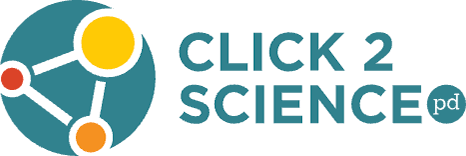3 Ways to Use Prior Knowledge

3 Ways to Use Prior Knowledge
It is important to bring youths’ prior knowledge and experiences to their learning in out-of-school time spaces. Not only does it make their leaning more robust, but it helps them build on their interests and identities (NRC, 2012). This can support life-long interest in STEM and even career choices in STEM. Here are three ways you can use prior knowledge in your out-of-school time program.
1. Interest Survey
Having you write about their interest can provide you with months of ideas for supporting their interests. Check out Edutopia’s tips to Fire Up Your Class With Student-Interest Surveys.
2. Self-Documentation
Getting youth to write down the connections they are making between school and home learning can encourage under-represented youth to deeply engage in STEM. Visit STEM Teaching Tools’ resources for more on self-documentation.
3. Brainstorm or Chalk Talk
Gather background knowledge before every activity using a brainstorm or chalk talk. During these activities, don’t ever tell youth their ideas are wrong. The task of STEM education is to acknowledge the many ideas young people can have about their world and to give them evidence that helps them think deeply about concepts.
What other techniques have you used to help youth make connections to their prior knowledge and experiences?
